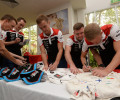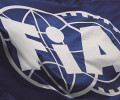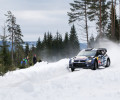How the WRC leads the way in safety

With some FIA World Rally Championship stages stretching to as long as 50 kilometres – and officials and spectators lining the route – keeping competitors and fans safe is a major challenge. So it is no surprise to learn that the FIA has invested huge resources into making these events as safe as possible for all involved, and other championships are now set to follow suit.
Spectator management, medical back-up and tracking technology have been reviewed and improved at all events on the WRC calendar, including this weekend’s Rally Finland. It has been a huge undertaking, given the distances and locations covered in a world rally event compared to that at a self-contained race circuit, as FIA Rally Director Jarmo Mahonen explains in the latest issue of the FIA’s AUTO magazine.
“In the WRC, rallying is as safe as it can be but it was a very dark year in Europe last year, with many accidents,” he told AUTO. “This means there is still a lot of work that needs to be done. Other events can learn from the WRC, as the pinnacle of the sport. We have a safety plan that all events must follow. And we have introduced new safety guidelines for these other championships. For the time being they’re just recommendations, but they will be mandatory in the future.”
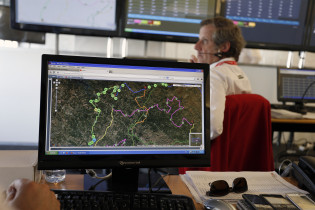

A WRC event can only go ahead once the FIA’s sporting, safety and medical delegates have approved its safety plan. This is a comprehensive document, submitted to the FIA three months ahead of a rally, which outlines everything from where spectators will stand to the flight path of a medevac helicopter.
“Of course, we can put in place the requirements that the events have to meet,” said Mahonen, “and we are here to help – whether it’s running safety seminars or doing our own checks, like the quality of the local hospitals. But it’s down to the people on the spot, the event organisers themselves, to deliver. They themselves are responsible for safety on the rally and, particularly, the safety of the spectators.”
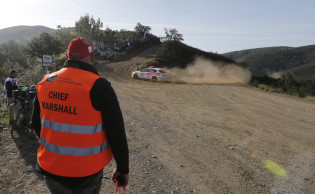
During the event itself, the rally’s Clerk of the Course is supported by a full FIA team including Dr Jean Duby, the Medical Delegate, and Jacek Bartos, the Safety Delegate, who works under Jacques Berger, Head of Safety. No stage can begin until the Medical Delegate has completed his inspection, so Dr Duby drives through each stage to check all medical facilities are in place. If anything is amiss he will notify the Safety Delegate, who in turn will contact the Clerk of the Course to ensure the necessary action is taken.
“Most of the time everything is in accordance with the safety plan, so it’s very rare that we ask for a stage to be stopped,” said Dr Duby. “But if there is a major issue, we won’t hesitate to pull the plug.”


One of the biggest safety developments has been in the tracking technology, with a device in each competitor’s car transmitting a signal to a repeater plane, making it possible to know the exact location of a car at any given time. SIT Sports, the WRC’s tracking and timing service provider, has modernised the hardware and is even developing an in-car electronic yellow flag system, which will notify competitors when a stage needs to be neutralised.
“We are quite close on the yellow flag system,” said Mahonen. “It could be very helpful for the drivers. We are making some try-outs. It won’t be ready for this year but when it is ready, it will be the final piece in the safety jigsaw.”
You can read the full article in issue #3 of AUTO magazine by clicking here: AUTO Magazine issue #3

Find all the information about AUTO magazine here

 Facebook
Facebook Twitter
Twitter

